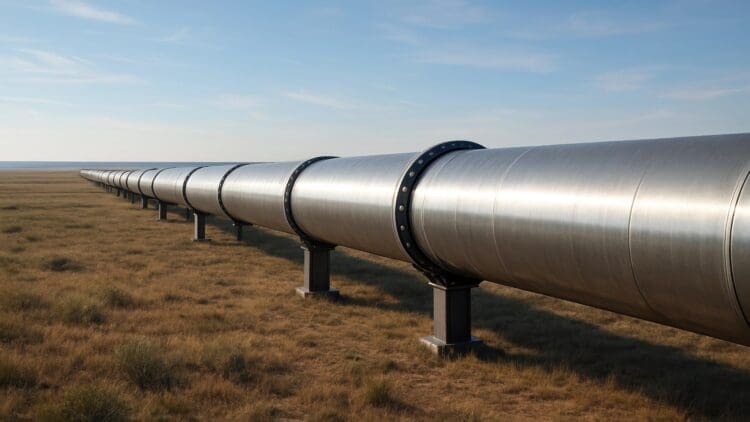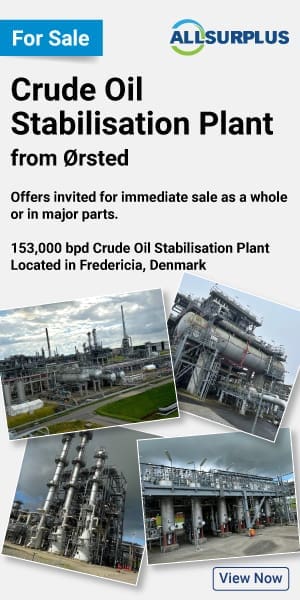Europe’s gas prices have seen a slight increase recently as Norwegian output falls despite some pretty mild weather conditions in the region. Europe has been consumed by the war in Ukraine, which has impacted global energy prices across several sectors as the continent’s leaders contemplate measures that would force Vladimir Putin to reconsider his ongoing conflict. Norwegian output has seen a decline despite the mild, rainy, and cold weather recently. Europe’s gas sector has been through a tumultuous time over the past few months.
Fluctuating weather conditions, along with a decrease in demand, have seen Europe’s gas prices decline
Normally, Europe experiences an increase in energy demand this time of the year. As the exceedingly cold winter months approach, energy demand rises as people attempt to keep their homes warm. However, this year has seen some milder weather conditions than previous years.
Couple that with a slight decline in Norwegian gas output on the continent, and the result is more expensive gas prices for the European populace. Specifically, the Netherlands and Britain experienced a rise in wholesale gas prices. Norway’s less-than-normal output can be attributed to maintenance on its gas infrastructure.
Data analysts have reported some interesting numbers across Europe’s gas sector
LSEG Data & Analytics, which is a joint American-British data company, has noted that the benchmark Dutch front-month contract was up 0.23 euros at 31,73 euros per megawatt (MWh) at $10.80/mmBtu.
The Netherlands December contract increased by 0.29 Euros to 31.99 Euros/MWh. Europe’s gas sector has seen a loss of capacity following the latest rounds of sanctions against Russia, and a new measure is being approved by the EU Energy Ministers to phase out Russian gas contracts over the next year or two.
The same data report from LSEG notes that maintenance on the Norwegian gas infrastructure significantly reduced total export nominations, which now stand at 287 mcm/day.
“Any extension to this schedule of maintenance would present a bearish risk.” – LSEG analyst Wayne Bryan
Irregularly high temperatures are set to reduce energy demand across Europe
Whenever this time of the year rolls around, the usually low temperatures force an increase in energy demand as heating bills skyrocket across the Northern hemisphere. Europe has become accustomed to relying on Russian gas imports, which, until recently, were the cornerstone of the European gas sector.
However, the unpredictable nature of the current weather conditions has meant that heating bills across the European continent are significantly lower than expected, leading to a surplus of reserves.
Europe’s leaders in the gas sector have unveiled a new plan to pool gas suppliers and customers
The advent of mild weather conditions has been one factor, but another mitigating consideration is the sanctions on Russian energy resources. This has led the EU to develop a new plan to pool together non-Russian gas suppliers to boost domestic production and storage levels.
By pooling together the suppliers and matching them with any potentially interested customers, Europe is accelerating the planned phase out of Russian energy in all its forms. The end of Russian dominance in the energy sector is a lot closer than one might think.
Several formerly Russian allied nations have seen the sanctions affecting energy levels in their countries
The European gas sector faces a transitional state at the moment as the world contemplates a future without Russian energy in all its forms. While some nations like Hungary and Slovakia still rely on Russian energy imports, albeit on a much smaller scale, the new round of sanctions has cut off oil supply to Serbia. Russia is facing the end of its export sector, which may lead to the European gas sector seeing significant increases in non-Russian gas supply. The future of the European gas sector is facing a new horizon.






